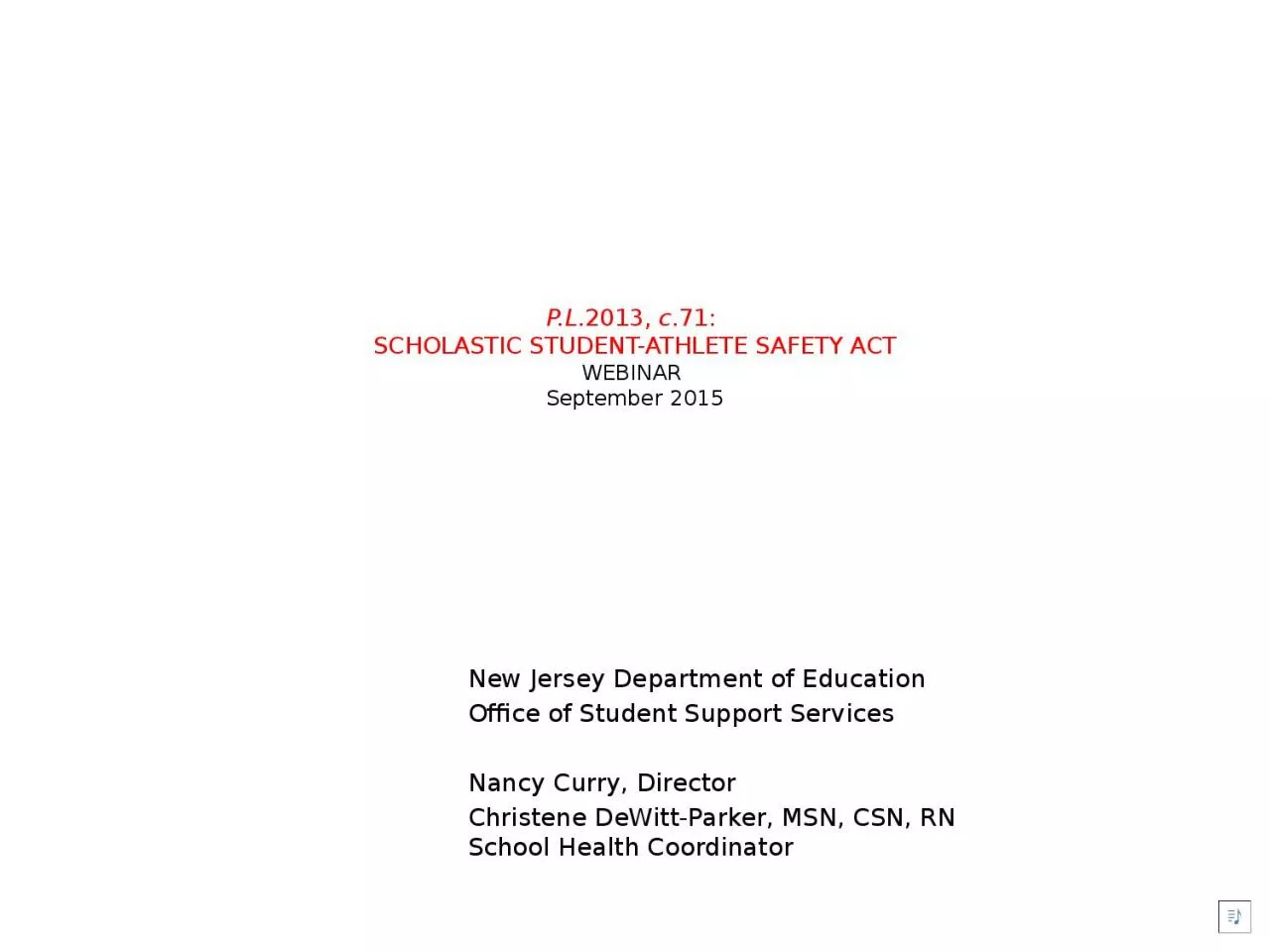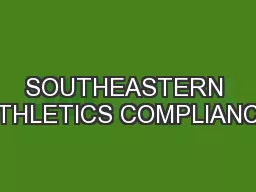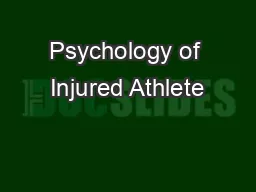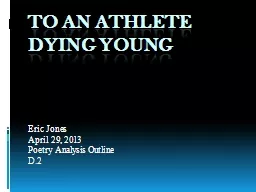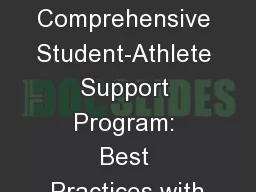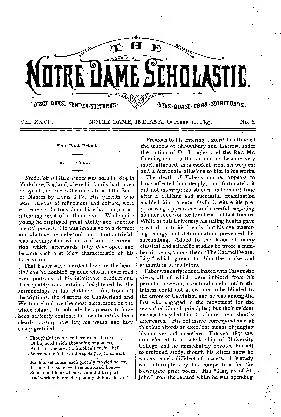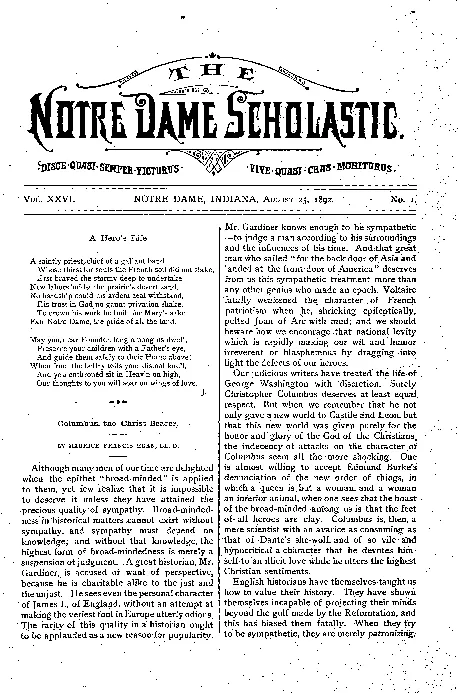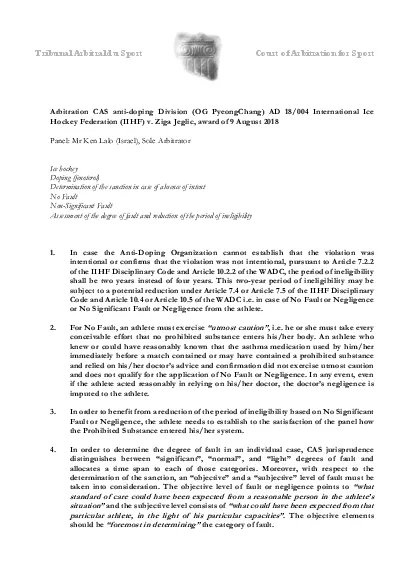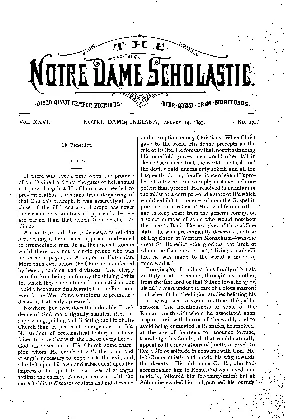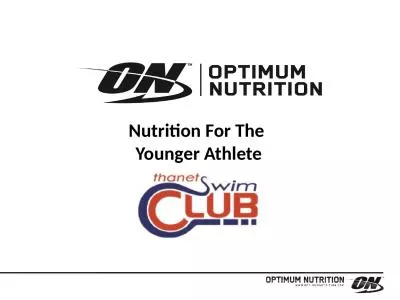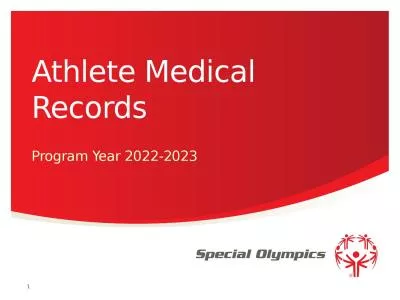PPT-P.L .2013, c .71: SCHOLASTIC STUDENT-ATHLETE SAFETY ACT
Author : wang | Published Date : 2024-03-13
WEBINAR September 2015 New Jersey Department of Education Office of Student Support Services Nancy Curry Director Christene DeWittParker MSN CSN RN School Health
Presentation Embed Code
Download Presentation
Download Presentation The PPT/PDF document "P.L .2013, c .71: SCHOLASTIC STUDENT-A..." is the property of its rightful owner. Permission is granted to download and print the materials on this website for personal, non-commercial use only, and to display it on your personal computer provided you do not modify the materials and that you retain all copyright notices contained in the materials. By downloading content from our website, you accept the terms of this agreement.
P.L .2013, c .71: SCHOLASTIC STUDENT-ATHLETE SAFETY ACT: Transcript
Download Rules Of Document
"P.L .2013, c .71: SCHOLASTIC STUDENT-ATHLETE SAFETY ACT"The content belongs to its owner. You may download and print it for personal use, without modification, and keep all copyright notices. By downloading, you agree to these terms.
Related Documents

